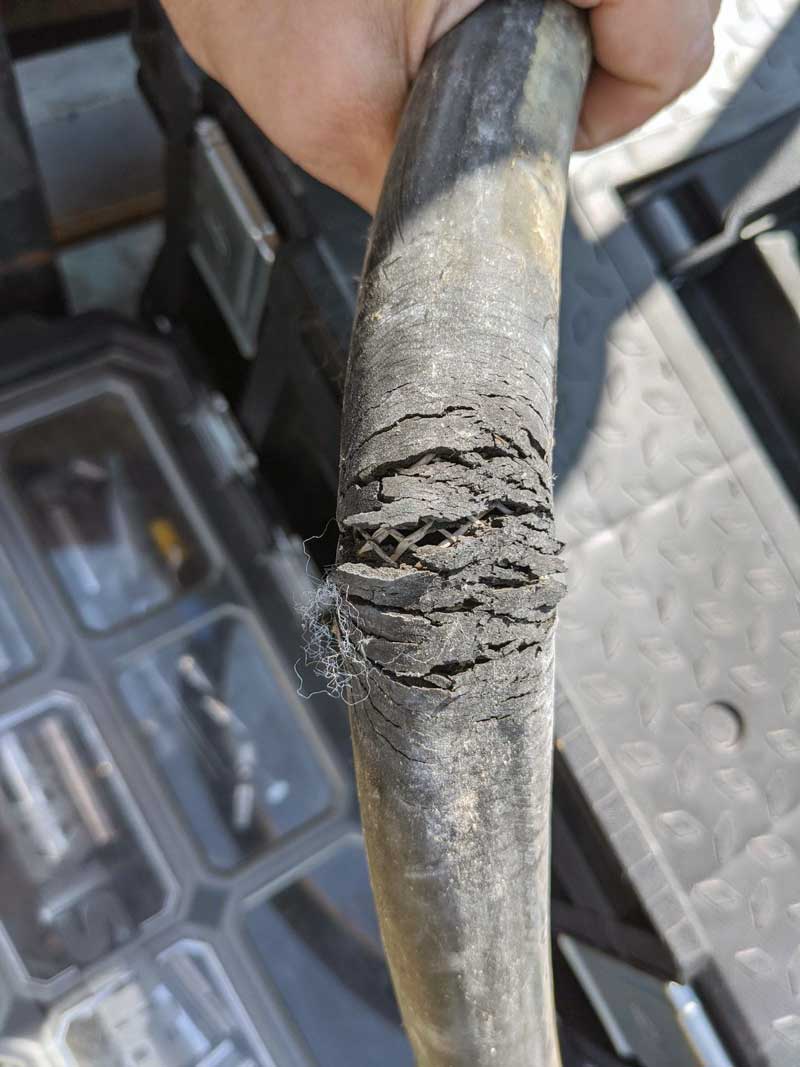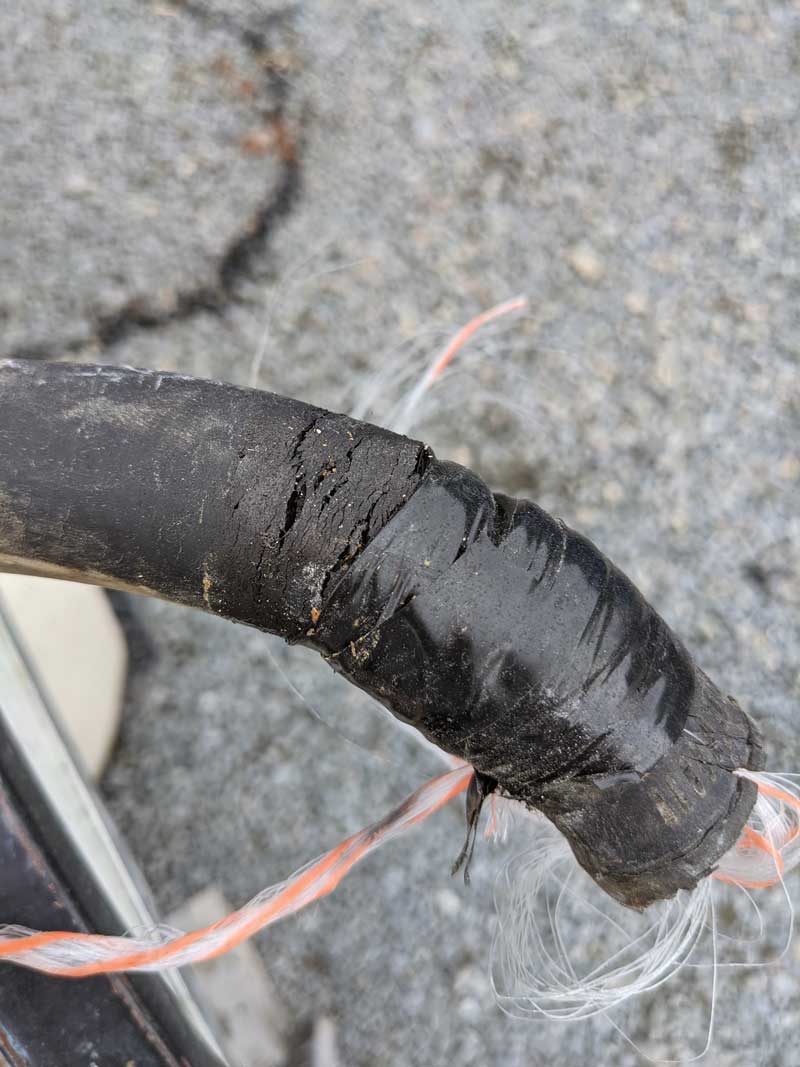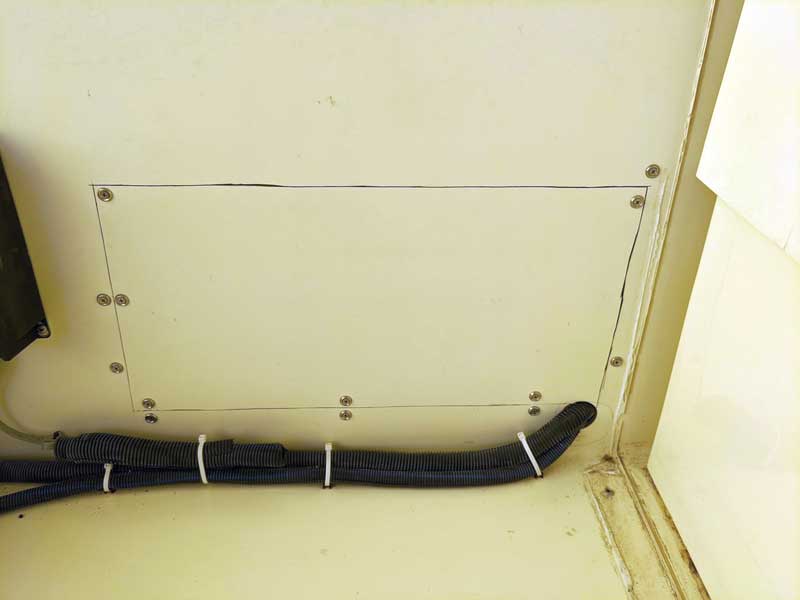In the first four articles in this series, we detailed the sale of our trawler and the purchase of a smaller faster Legacy 32, a “weekender” badly in need of a refit. And so, we did a comprehensive rehab over the winter of 2019-2020 that cost a bit over $100,000 and reported on the work and the skilled craftswomen and craftsmen who executed our plans.

So, how does it all feel, a way down the road (ICW in this case)? Read on!
With great joy, I am pleased to report we have used the boat a lot. She had not truly completed the refit until the end of June 2020. Even in Covid times, we got some Chesapeake Bay cruising done thereafter. With the refit and Covid-shortened season, we decided to take her to Florida for the winter. Who likes to winterize anyway?
First Impressions
Our first opportunity to cruise at the completion of the winter-long rehab was a club cruise to Chestertown. That maiden voyage revealed some pluses and some minuses and one mechanical concern. First, let me share that moving from a six-knot sailboat to our former eight-knot trawler was an impressive change. However, it was not as impressive as moving from eight knots to 20! I think I was smiling all the way to Chestertown. Finally, we were not usually the last to arrive at the post-trip happy hour.

After a weekend on the boat, my lovely wife and I wondered quietly and aloud about whether we had enough room on this new-to-us and much smaller boat. I confess to even talking briefly with a boat broker on the cruise with us.
I have heard of buyer’s remorse, but is there such a thing as refitter’s remorse? Over the summer we cruised some more, learned the ways of the boat, adjusted, and the feeling passed. The boat broker had suggested that we “wait and see.” So smart is he.
An Unseen Problem
The engine room inspection before leaving Chestertown revealed fuel in the bilge. I am trained as a scientist to develop theories for the causes of a problem. Any trained engineer will usually start with the discovered problem and then work backwards to the cause. I should have been an engineer.
My theory was a leaking fuel line. I noted a bit of fuel around the supply line to the fuel filters and so planned a hose replacement. I cleaned up the bilge fuel and headed home thinking I knew what to do and that it would not be costly. Wrong!
The fuel hose replaced, we went out on the next short cruise and found no new fuel in the bilge. Yeah, I thought. The following cruise, to Onancock, required filling the tanks. After the first leg on a full tank, I again had fuel in the bilge. Back to the drawing board.

This time I practiced engineering and worked from the engine block back to the tanks. Doing so, I found both fuel tank vent hoses were substantially deteriorated and leaking. They were at the aft end of the tanks so accelerating to get the boat on a plane forced the fuel in a mostly-full tank through the holes in the deteriorated vent hoses and into the bilge.
This would not be a simple fix.
To get home I was able to just reach the offending hoses with the tips of the fingers on one hand. I could manage to get some electrical tape around them to temporarily seal the leak but would need to have a better plan for access to replace them.

My new friends at Haven Harbour Marina, Greta Sommers and Bill Neff (they painted the boat and did some other refit work), hatched a plan that I would consider major surgery. They would remove the twin settees in the main salon, cut a large hole in the inside of the cabin, and reach down through that hole to the top of the fuel tanks to replace the hoses. Their estimate was $8000 and four weeks of work, once they could get to it.
The cost estimate was like the water in the shower turning suddenly cold. We had just spent $100,000 on the rehab. Was this boat not perfect? The timeline threatened evolving plans to take the boat south for the winter. We were in a funk.
Time to adjust to the idea of surgery helped. We did some research and considered alternatives (there were none). Greta was a star talking me off the ledge. We decided to do the surgery.
In mid-September, we moved the boat over to Haven Harbour Marina, checked in with the surgical team, and drove home knowing she was in good hands.

Cutting a one square foot hole in finished fiberglass is no challenge. Trying not to leave a scar is more than you could ask. Fortunately, these scars would be hidden behind the settees, kind of like the way a pair of long pants hides the scars from a successful knee replacement.
The surgical team sent good updates, including photos. The work, a lot of labor and very little in parts, went as planned. I even got to visit a couple of times to see the surgery in progress.
True to their word, the repairs were done in four weeks. I came back to Haven Harbour and drove her home. First, I filled the tanks. When I got home to Annapolis, there was no fuel in the bilge.

Time to Head South
It was now mid-October and time to get moving south. We cleaned the boat (four weeks in the yard is never good for cleanliness, no matter how good the repair team) and loaded her up for the trip to south Florida.
We got away on October 18 and had a great weather trip down the Bay to join the ICW. Our plan had evolved to make this a long, slow trip. Essentially the plan was to hurry up so we could go slow. We wanted to take the time to explore the ICW stops in a way we had not done before. At 20 knots, you can cover a day’s worth of motoring a trawler, in just a few hours. That leaves times for a town visit, a nap, a regular happy hour, and a well-planned dinner—so civilized.
We spent 27 days on the ICW trip, including layovers in Norfolk, both Beauforts, and Georgetown, SC (while we waited out the passage of Hurricane Zeta). Once in Florida, we had layovers in St. Augustine and Daytona. Daytona was a three-day layover while we waited out Hurricane Eta. What a hurricane season!
All in we spent 43 nights on our “weekender” between late June and the end of the ICW trip. As I type, we are cruising the west coast of Florida. We’ve planned a trip to Key West before we start back north in May. By the time we are back in Annapolis in mid-May, we will have logged 70 nights on the boat. We have the usual Chesapeake weekend cruising planned for the upcoming summer and a three-week trip to New England in July. Not bad for a weekender!
By Mike Pitchford